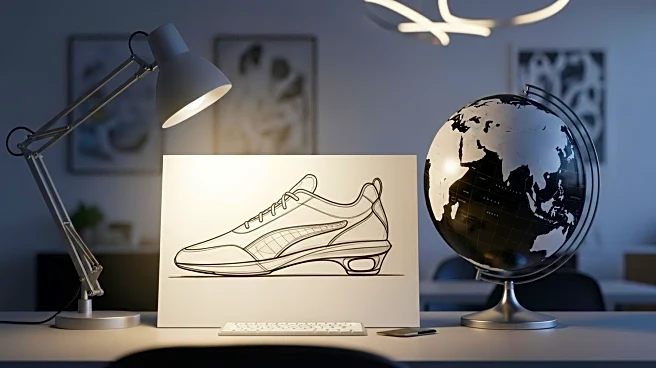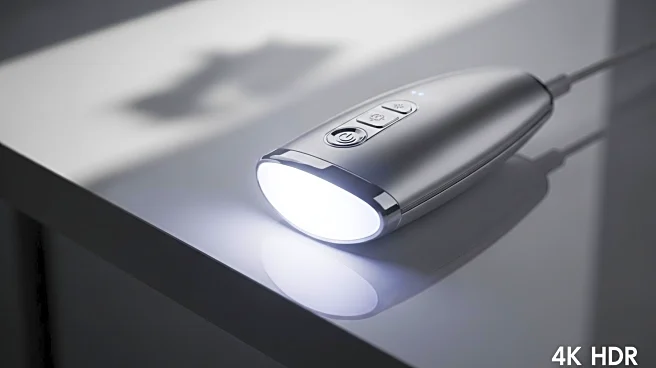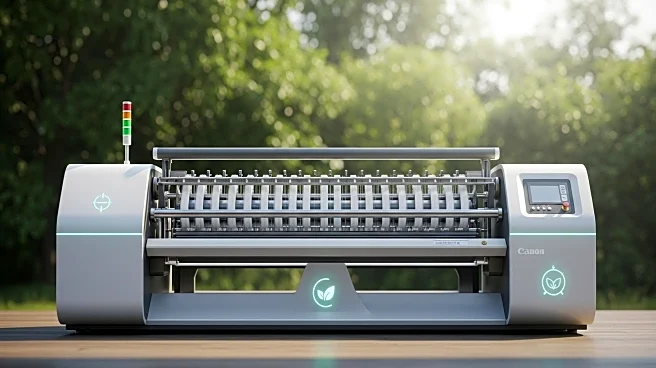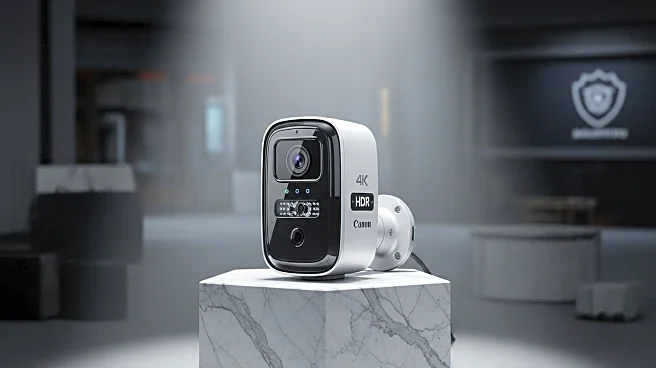What's Happening?
Royal Robbins, an outdoor apparel brand, has been recognized by TIME magazine for its innovative Mosquito Protection Technology (MPT), which has been named one of the Best Inventions of 2025. The MPT apparel, launched in spring 2025, features a tightly woven fabric that acts as a barrier against mosquitoes without using chemicals, repellents, or biocides. This technology was developed in partnership with Vector Textiles and has demonstrated 92% effectiveness in preventing mosquito bites in controlled laboratory tests. The recognition by TIME highlights the brand's commitment to environmental responsibility and innovation in outdoor gear.
Why It's Important?
The recognition of Royal Robbins' Mosquito Protection Technology by TIME underscores the growing demand for environmentally friendly and health-conscious alternatives to traditional mosquito repellents. As mosquitoes are considered one of the deadliest animals due to their role in spreading diseases, effective protection is crucial. The MPT offers a safer option compared to chemical treatments, which have faced scrutiny for potential health hazards. This innovation not only benefits consumers seeking safer outdoor experiences but also aligns with broader environmental goals by reducing chemical use and emissions.
What's Next?
Royal Robbins plans to expand its product line featuring Mosquito Protection Technology with the upcoming launch of the Salathé Sun Hoody, which combines mosquito protection with UPF 40+ sun protection. This expansion reflects the brand's ongoing commitment to innovation and environmental stewardship. As the demand for sustainable and health-conscious products grows, Royal Robbins is poised to further influence the outdoor apparel market and potentially inspire other brands to adopt similar technologies.
Beyond the Headlines
The development of chemical-free mosquito protection technology by Royal Robbins may have broader implications for the textile industry, encouraging a shift towards more sustainable and health-conscious manufacturing practices. This innovation could lead to increased consumer awareness and demand for products that prioritize environmental and personal health, potentially driving industry-wide changes in product development and marketing strategies.










